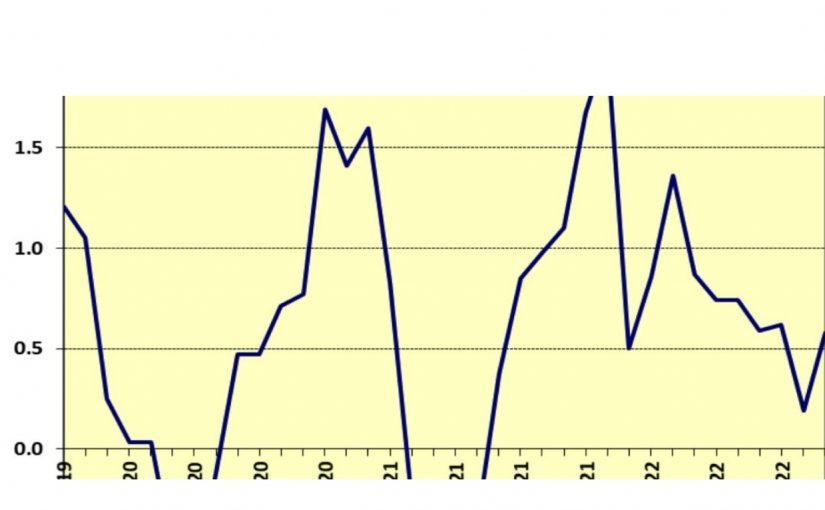Cape Verde leads PALOPs with the most consistent economic growth over 50 years - Carlos Lopes
Change in INE methodology keeps inflation low in Mozambique – A Verdade

Image: A Verdade
For the third consecutive month, inflation continues to slow down in Mozambique.
Strangely, the slowdown coincides with the National Statistics Institute (INE) changing the methodology for calculating the Consumer Price Index (CPI) by revising downwards the reference weights used since 1989.
“Data collected last November in the cities of Maputo, Beira, Nampula, Quelimane, Tete, Chimoio, Xai-Xai and Inhambane Province, when compared with those of the previous month, indicate that the country registered inflation of around 0 .58 percent,” the INE reveals, indicating that “the food and non-alcoholic beverages division was the most prominent, contributing about 0.54 positive percentage points (pp) to the total monthly change”.
The INE highlights the increase in the following prices during the month of November: tomato (4.0 percent), corn in grain (7.3 percent), fresh fish (2.2 percent), dried fish (2.1 percent), horse mackerel (1.2 percent), onion (4.9 percent) and peanuts (3.3 percent). These contributed to the total monthly change with about 0.46 positive pp.
After having reached 12.10 percent in August, slowing to 12.01 percent in September and 11.83 percent in October, the CPI recorded “a price increase of around 11.25 percent. The Food and non-alcoholic beverages and Transport divisions were, in year-on-year terms, those that recorded the greatest price variation, with around 20.23 percent and 16.98 percent, respectively”.
It may be recalled that the International Monetary Fund forecasts that inflation in Mozambique will this year reach 15.4 percent, triple the 5.3 percent forecast by the government.
Strangely, the slowdown occurred shortly after the National Institute of Statistics changed the methodology for calculating the IPC, negatively influencing the reference weights.
Maputo city previously had a weight of 53.6 percent, which changed to 30.6 percent; the City of Nampula had a weight of 27.5 percent which dropped to 15.9 percent; and the weight of City of Beira fell from 18.9 percent to 10.9 percent.
By Adérito Caldeira












Leave a Reply
Be the First to Comment!
You must be logged in to post a comment.
You must be logged in to post a comment.